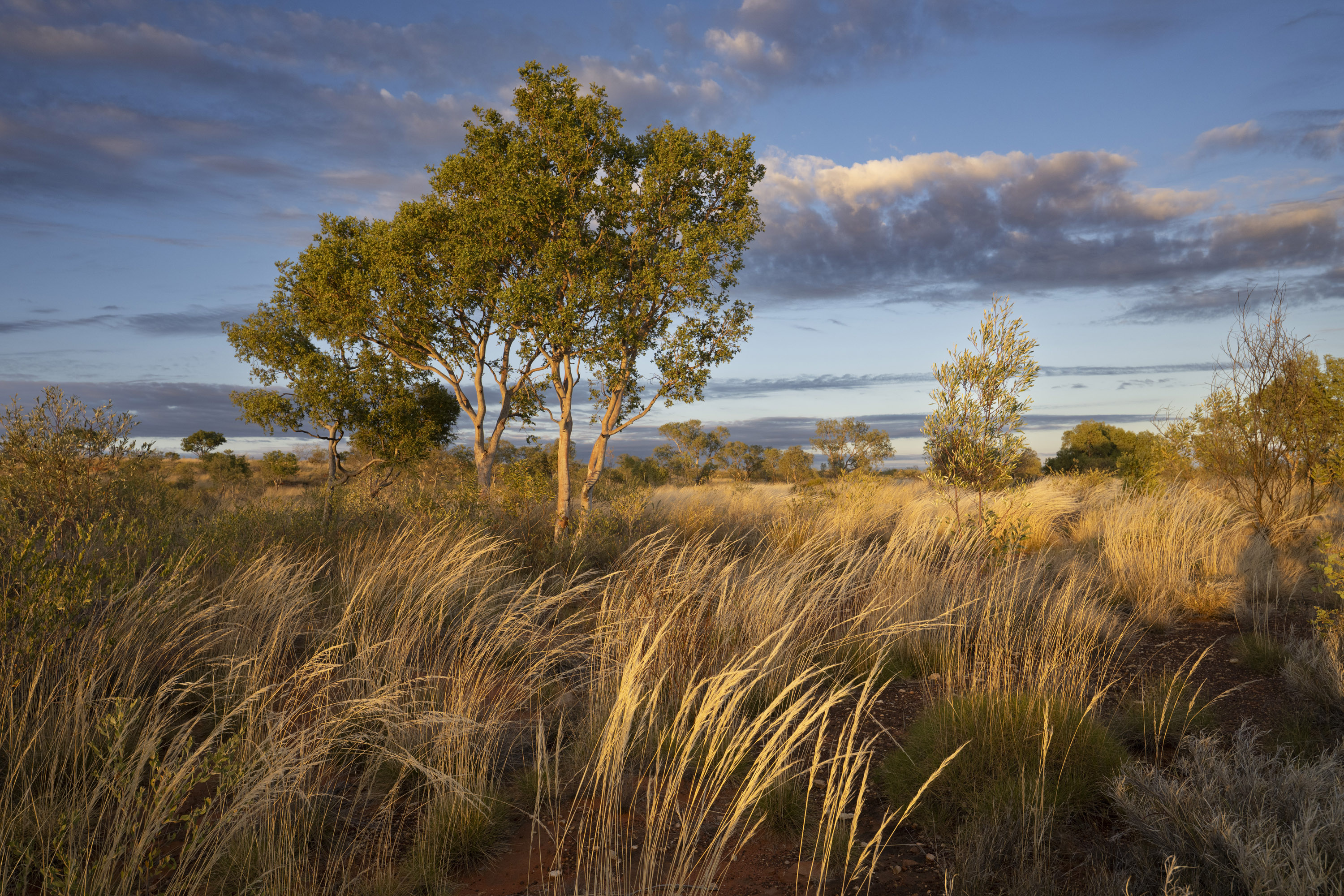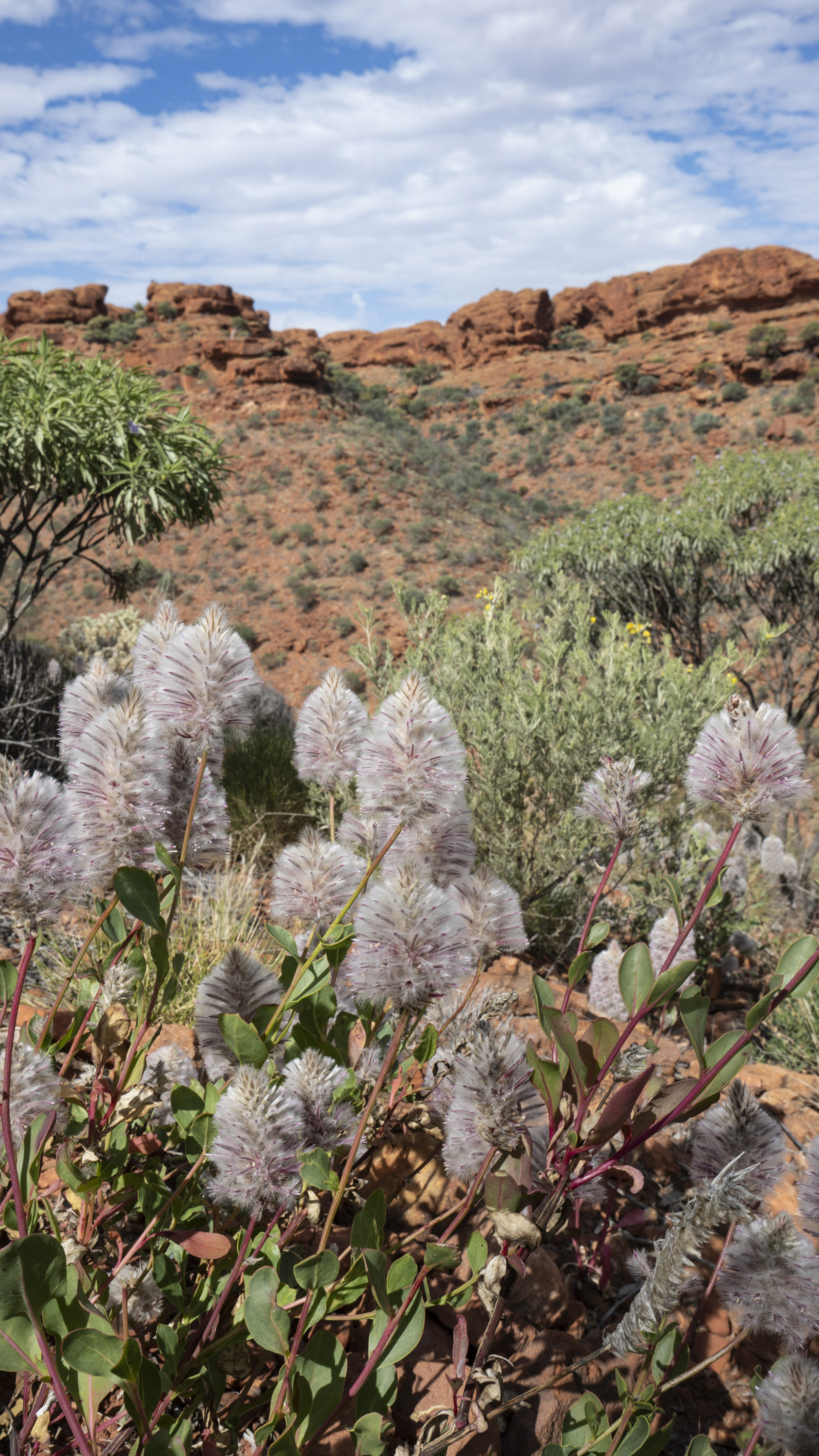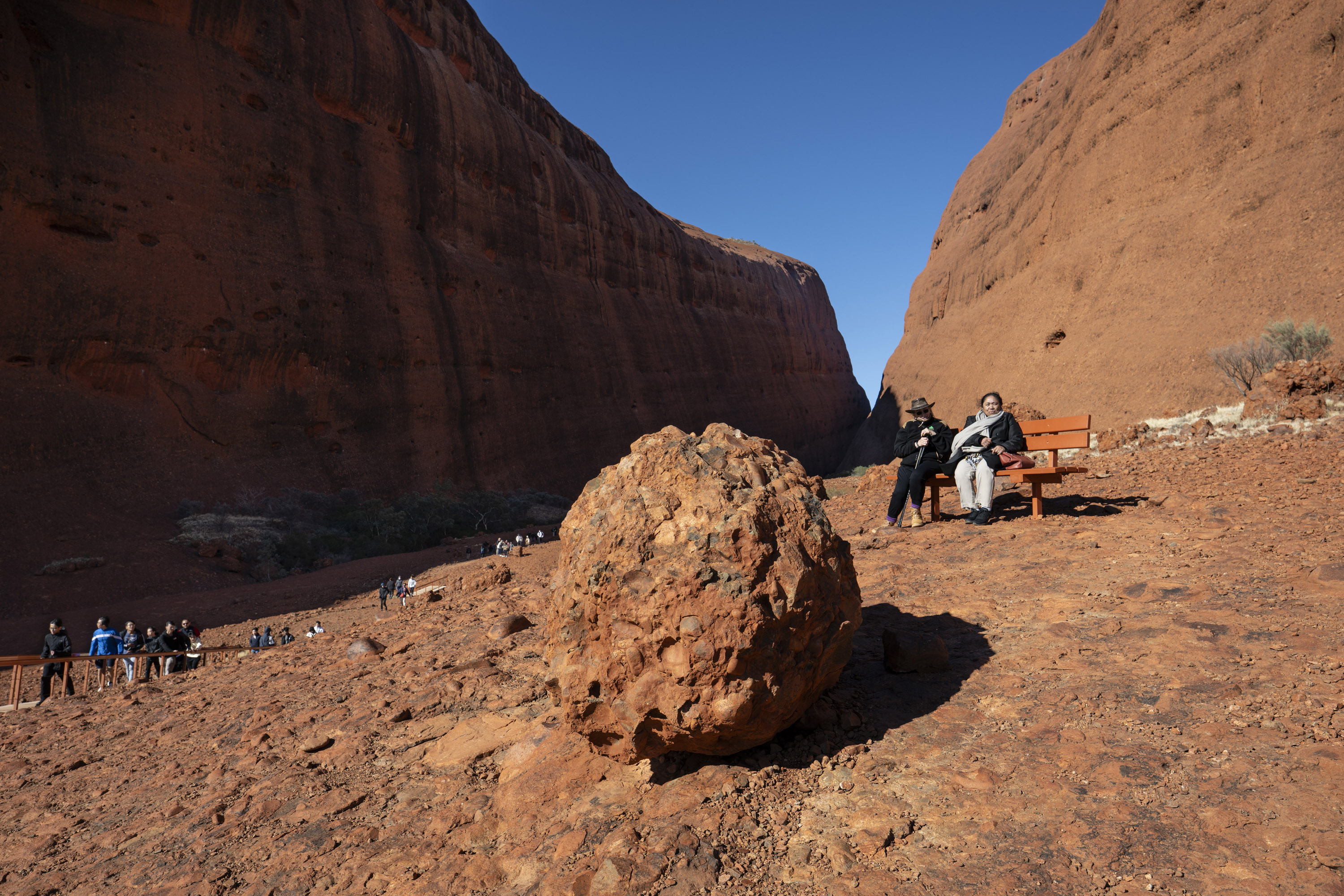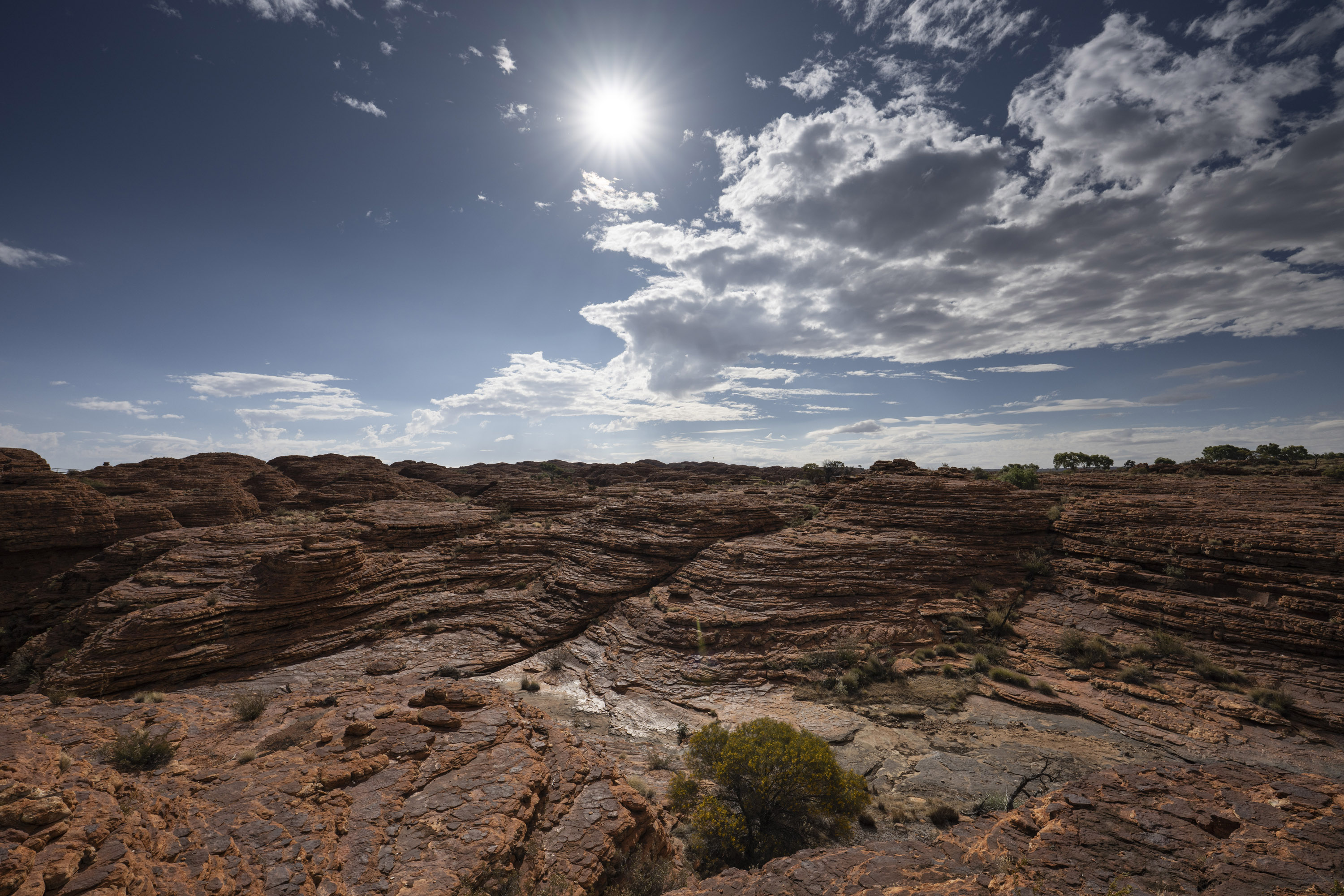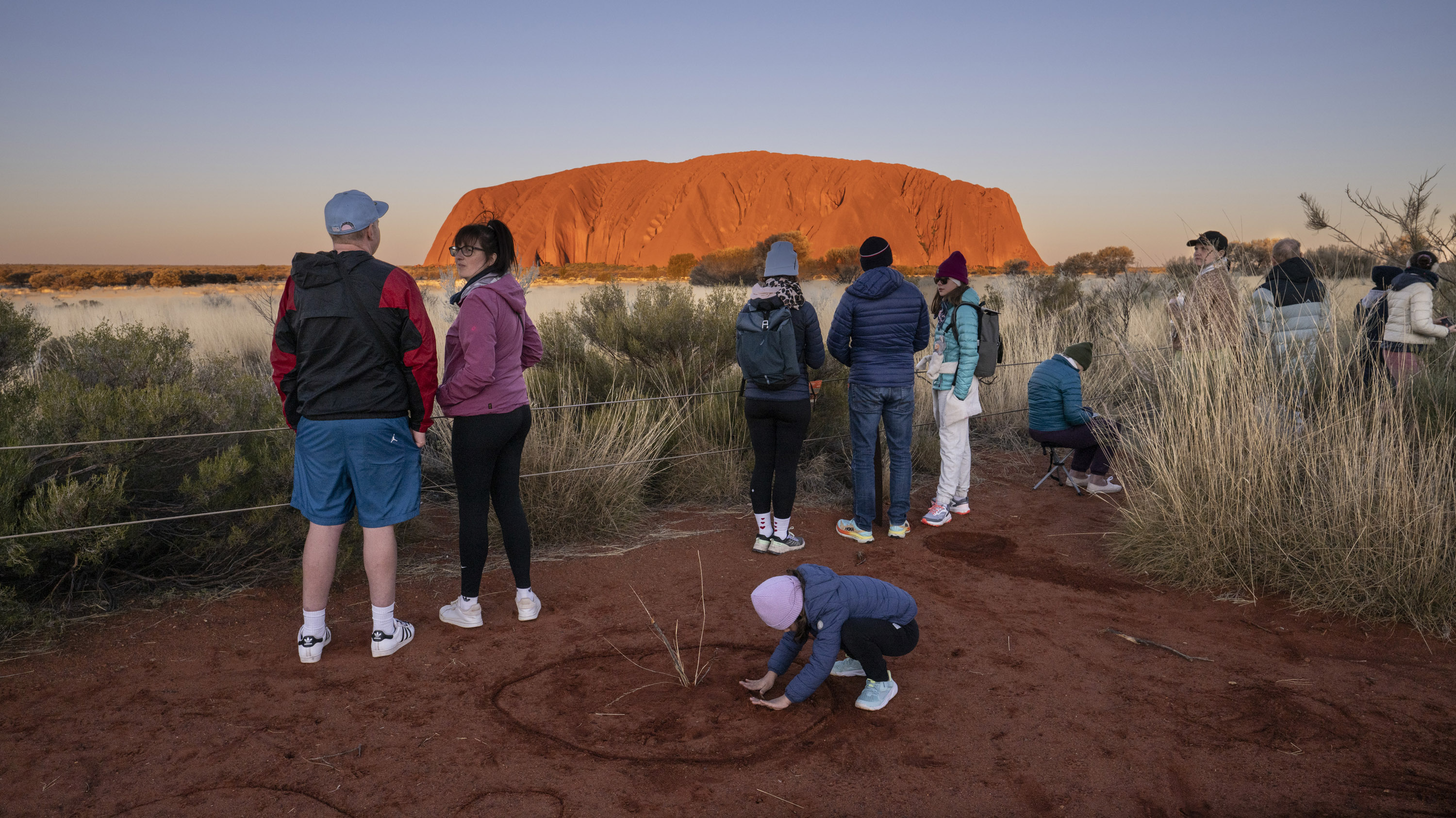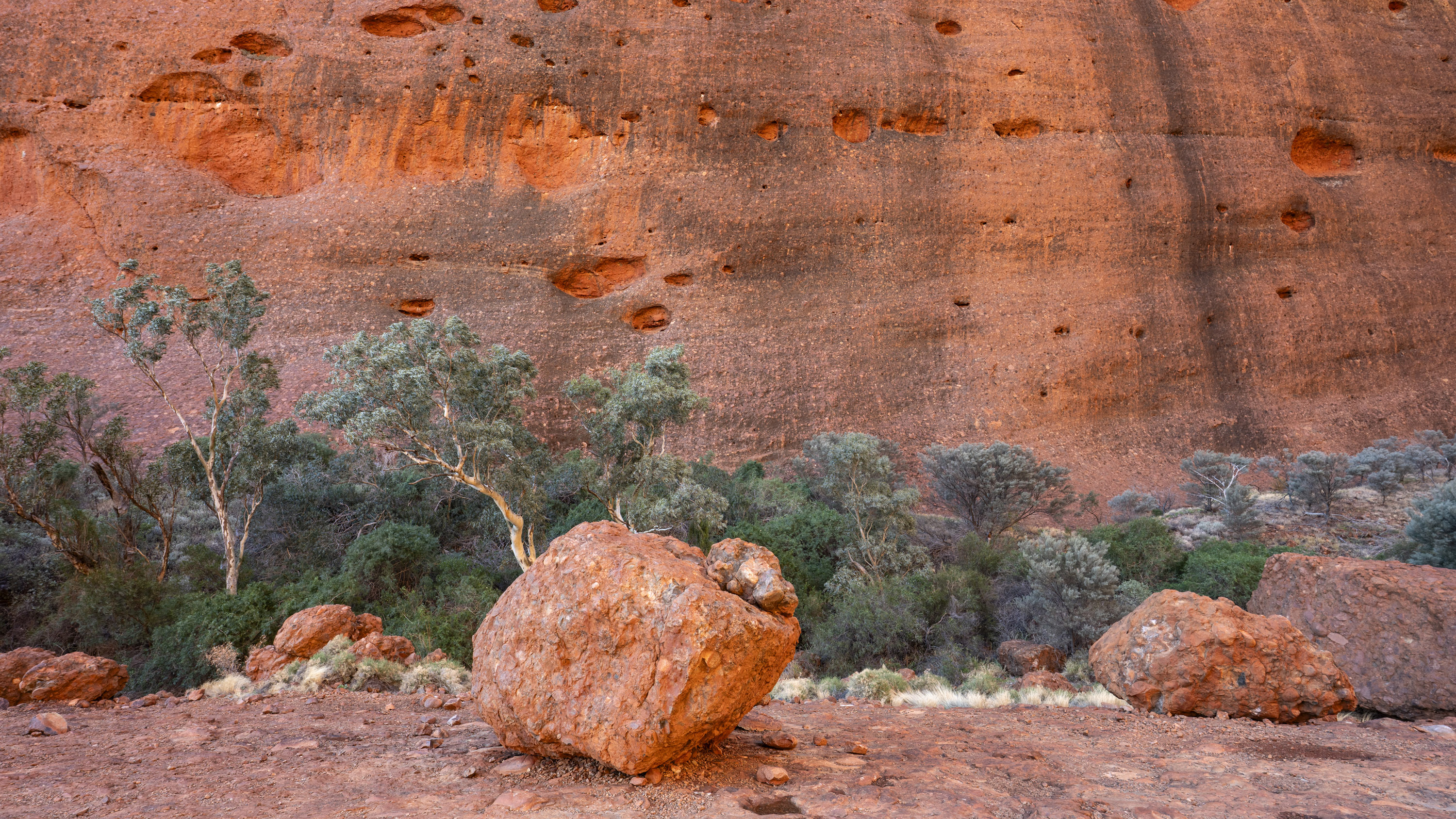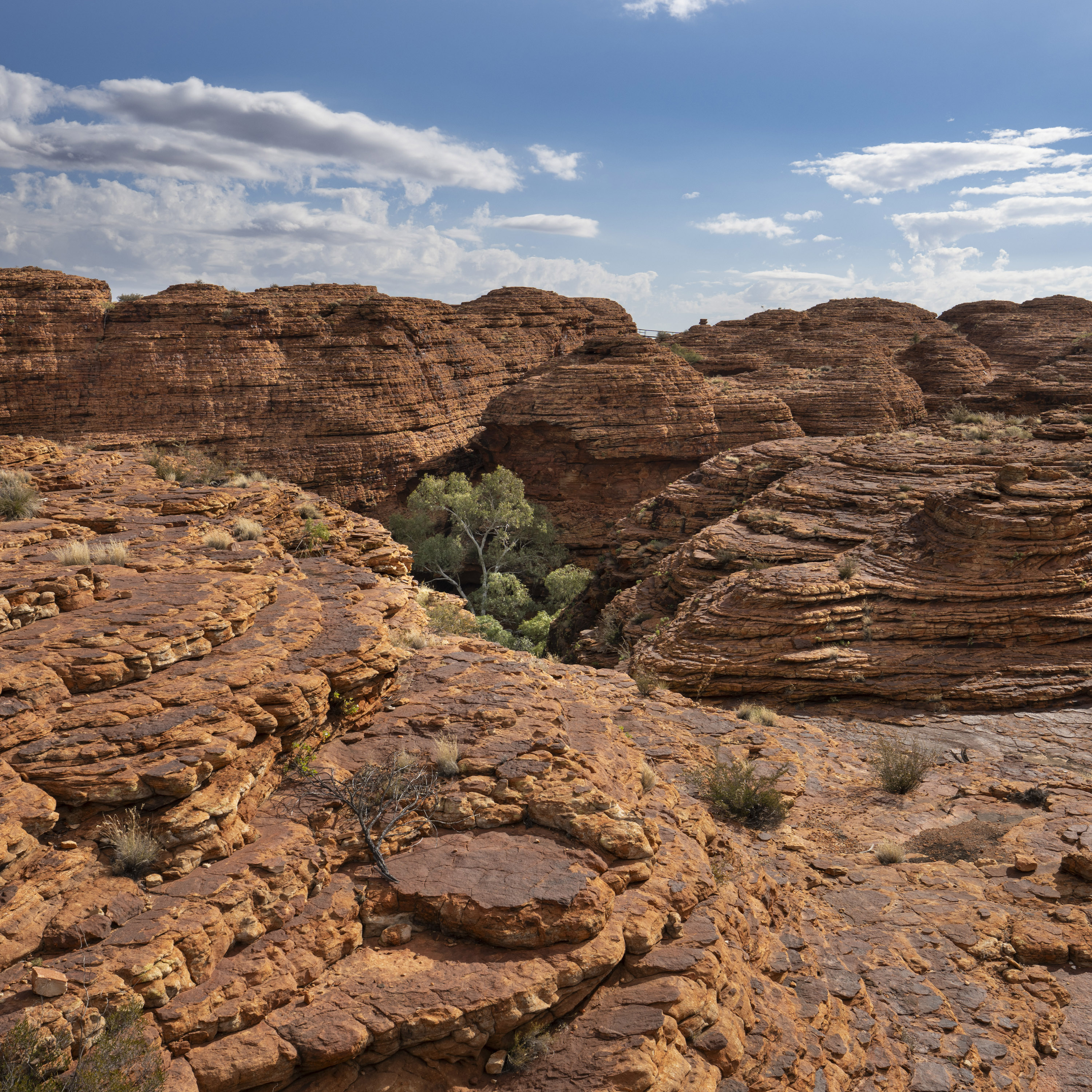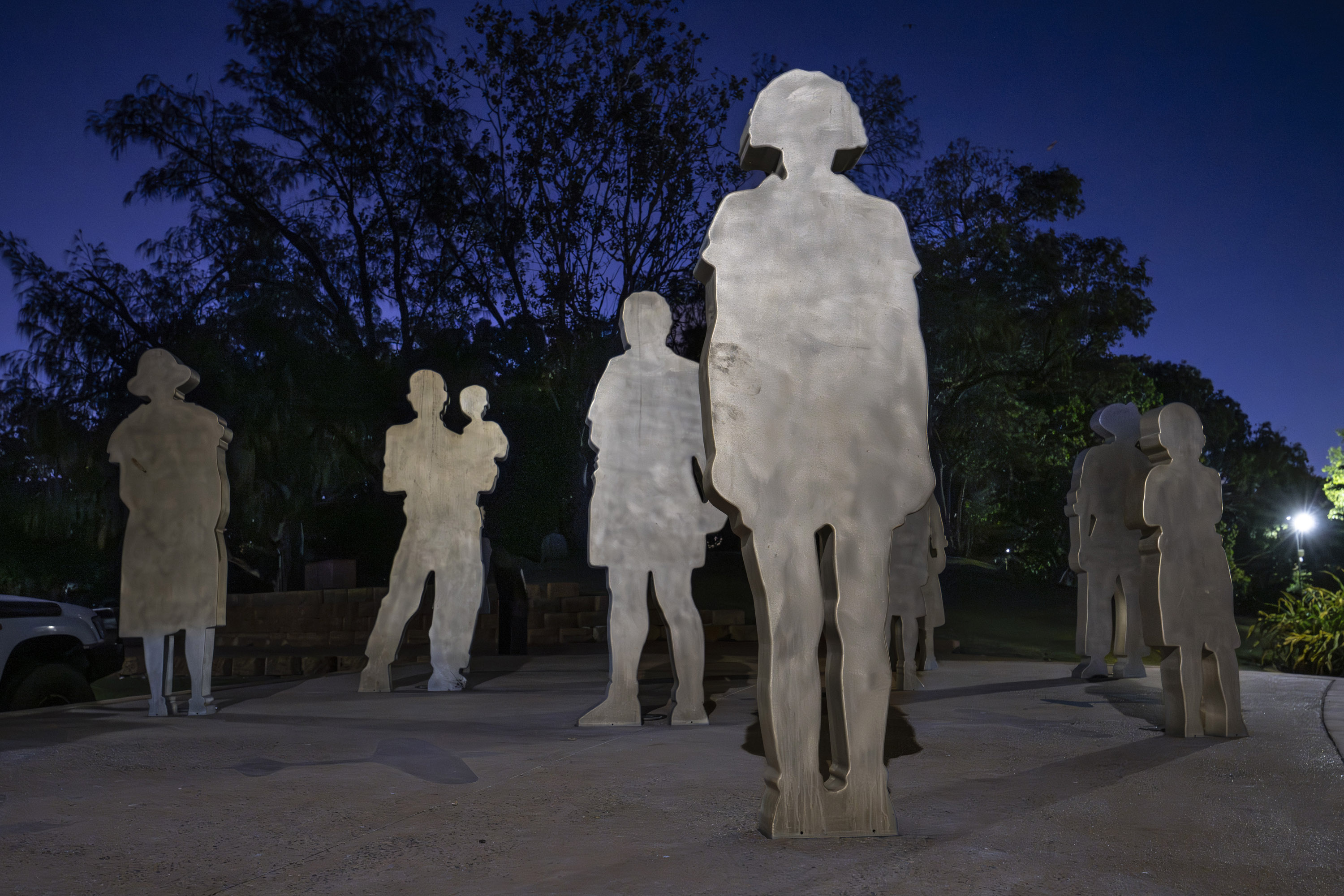Review: Tamron 16-30mm f2.8 Di III VXD G2 (Z mount)
I was an early adopter of ultra-wide angle zooms. Many years ago when I accidentally drowned a couple of lenses in my rush to get to a fire I decided to replace my 20mm, 24mm and 35mm primes with the newly released Nikon 20-35mm f2.8 lens.
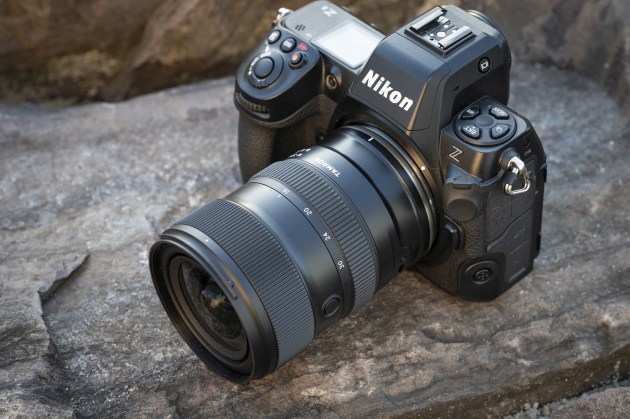
It cost me $3,200 in 1993 but it was a great decision; the lens was perfect for reportage and doco work, and the occasional landscape.
Nowadays ultra-wide zooms are standard kit for many Nikon users but they can still be expensive; Nikon’s Z 14-24mm f2.8 lens costs $3,700, while their more popular (but slower) Z 14-30mm f4 lens costs about $2,100.
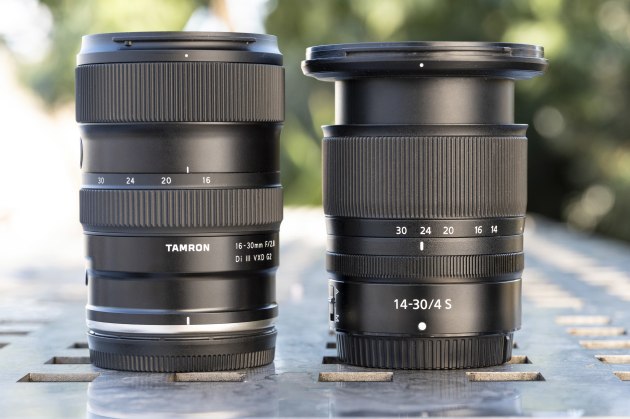
For anyone looking for an affordable f2.8 option though, you might look at buying a Tamron.
While some people might not realise it, Tamron quietly helped Nikon produce an affordable range of “Holy Trinity” lenses for the Z mount, including the Z 75-180mm f2.8, the Z 28-75mm f2.8 and Z 17-28mm f2.8 lenses, and more recently Tamron has begun selling their own range of lenses for the Z-mount.
The newest of these lenses is the Tamron 16-30mm f2.8 Di III VXD G2, and as you might expect, it has a lot in common with the Nikon Z 17-28mm f2.8 lens.
Build
The body of this lens has a rather constant 74mm diameter and an overall length just under 104mm, making the lens both discreet and easy to pack into a small camera bag.
And like the Nikon Z 17-28mm, the lens also weighs in at just 450-grams (510 grams with caps and hood), which is about 30-grams lighter than the Nikon 14-30mm f4 lens. That’s rather impressive for a lens that is letting through twice as much light.
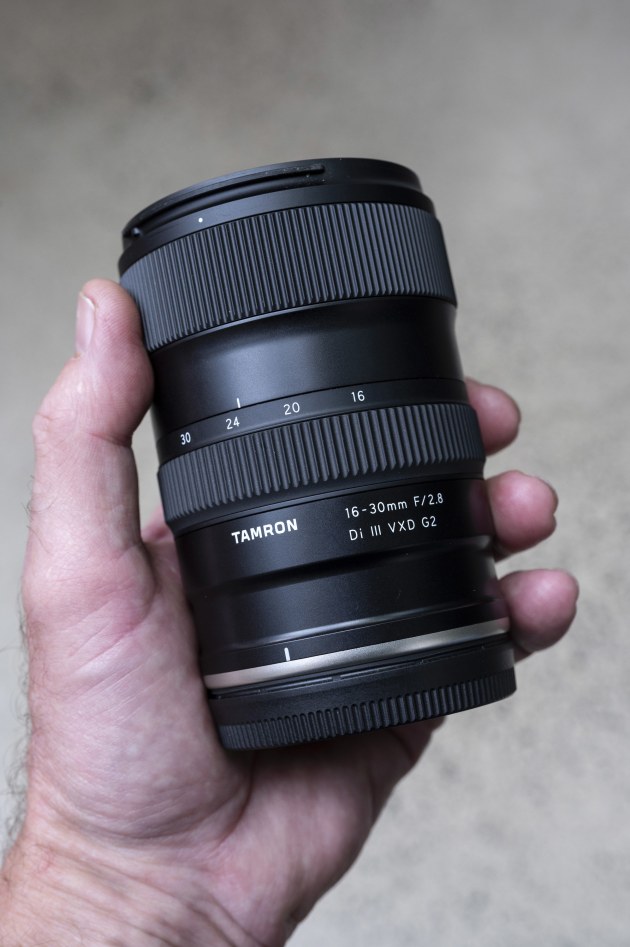
The one feature that I do like about this lens though, is its rigid body design.
Unlike many consumer lenses that extend outwards as you zoom the lens, the body of the Tamron 16-30mm remains static; instead, the well protected front element retreats about 10mm as you zoom from 16mm through to the 30mm focal length.
This not only gives the lens a rugged feel but it makes it less susceptible to dust and moisture.
Adding to the ruggedness of the lens, the front element also has a fluoride coating that makes it resistant to splashes and finger marks.
Behind this coating there are 16 element in 12 groups with the lens, including one of Tamron’s Extra Low Dispersion, two low dispersion elements and three moulded aspherical glass elements.
Some of these elements also use Tamron’s Broad Band Anti-Reflection (BBAR) coating to reduce flare and ghosting.
The overall control layout of the lens is very simple. Like the Nikon 17-28mm, there is the usual zoom control and in front of that is the focus control that you can reassign to adjust the aperture, ISO or the exposure compensation using the cameras custom menu.
Like the 17-28mm lens, the Tamron 16-30mm also lacks an AF/M Focus selector switch that is a more common feature on many Nikon Z lenses.
Personally I find this to be a blessing; sometimes I accidentally bump these switches into the M position, which can be frustrating when you later realise you’ve been shooting without your AF working!
Unlike the Nikon 17-28mm, the Tamron 16-30 also has a lens function (L-Fn) button that you can assign for a range of tasks, including focus activation, AF point selection, disabling the flash or image playback.
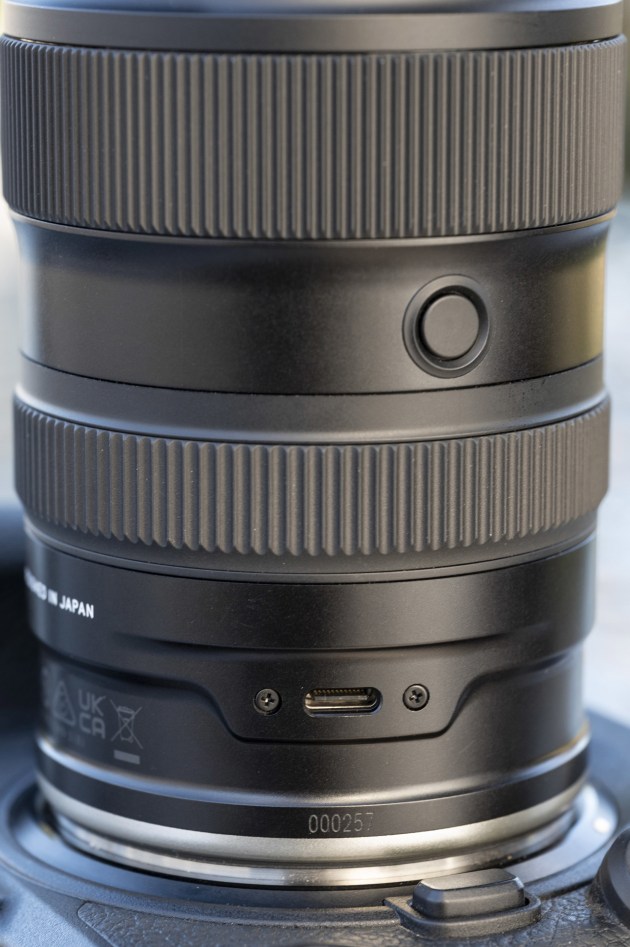
Near the lens mount of the lens you will also find a USB-C port that can be used for firmware upgrades to the lens, although my usual complaint to Tamron is that they should be fitting a rubber cover over this port.
What’s the point of making the lens dust and moisture proof while leaving a USB port exposed!
In the field
Per usual, I like to test gear on the road, and so a flight to Broome followed by a drive across the Tanami and Oondandatta Tracks seemed like the perfect way to test this lens.
I wanted to travel light and so I packed my Nikon Z8, my Nikon Z 24-120 f4 and the Tamron into a small backpack. My first test for the lens was a sunset at Cable Beach and much to my surprise the Tamron 16-30mm handled shooting into the sunset with ease; no noticeable problems with flare at any aperture setting.
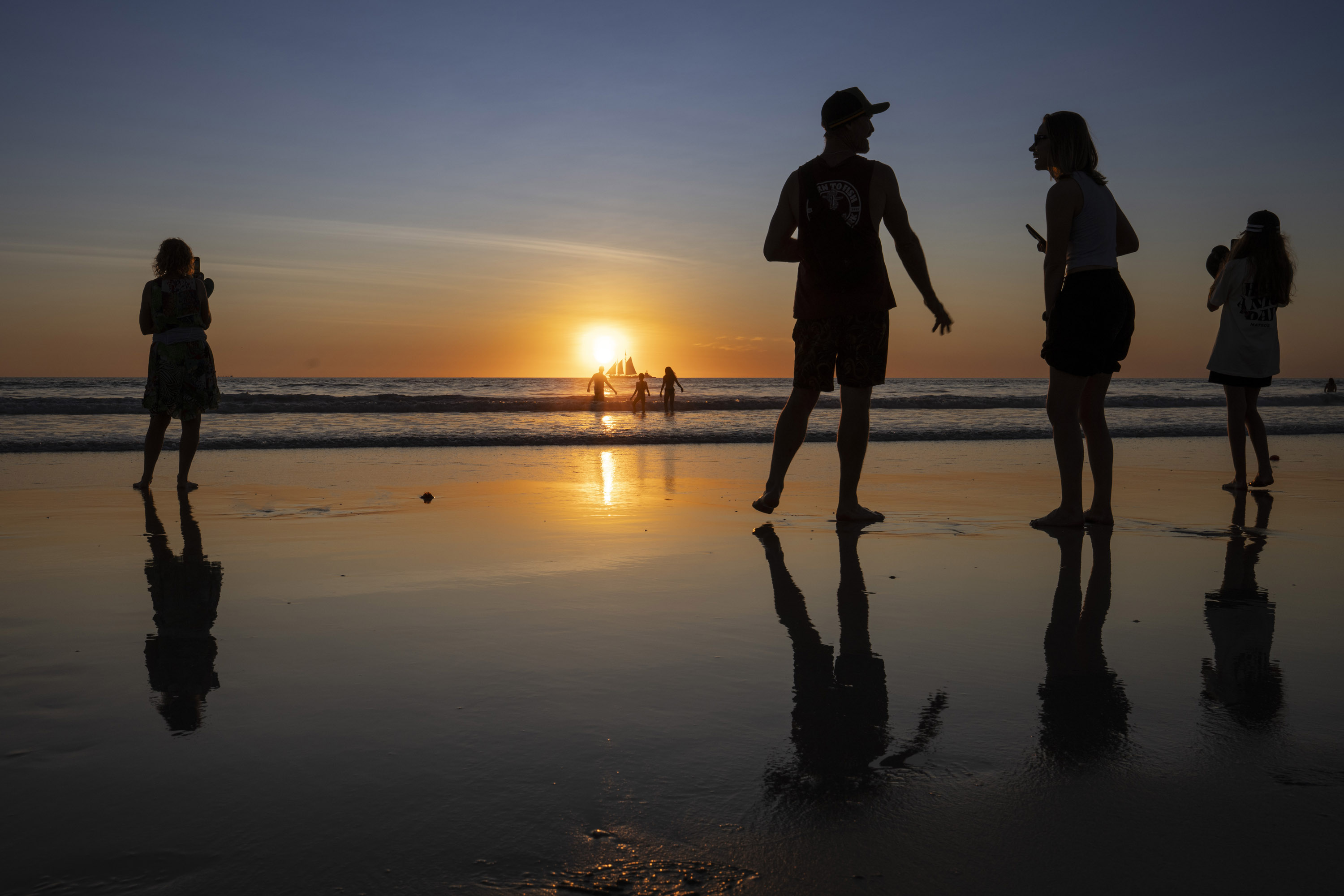
Later that evening by the light of some street lamps I made photos of the 9 Zeroes, 9 Stories memorial at Town Breach.
The lens does not have built-in optical stabilisation but the stabilisation on the Nikon’s Z8 sensor was more than capable of keeping my images sharp at the slower shutter speeds.
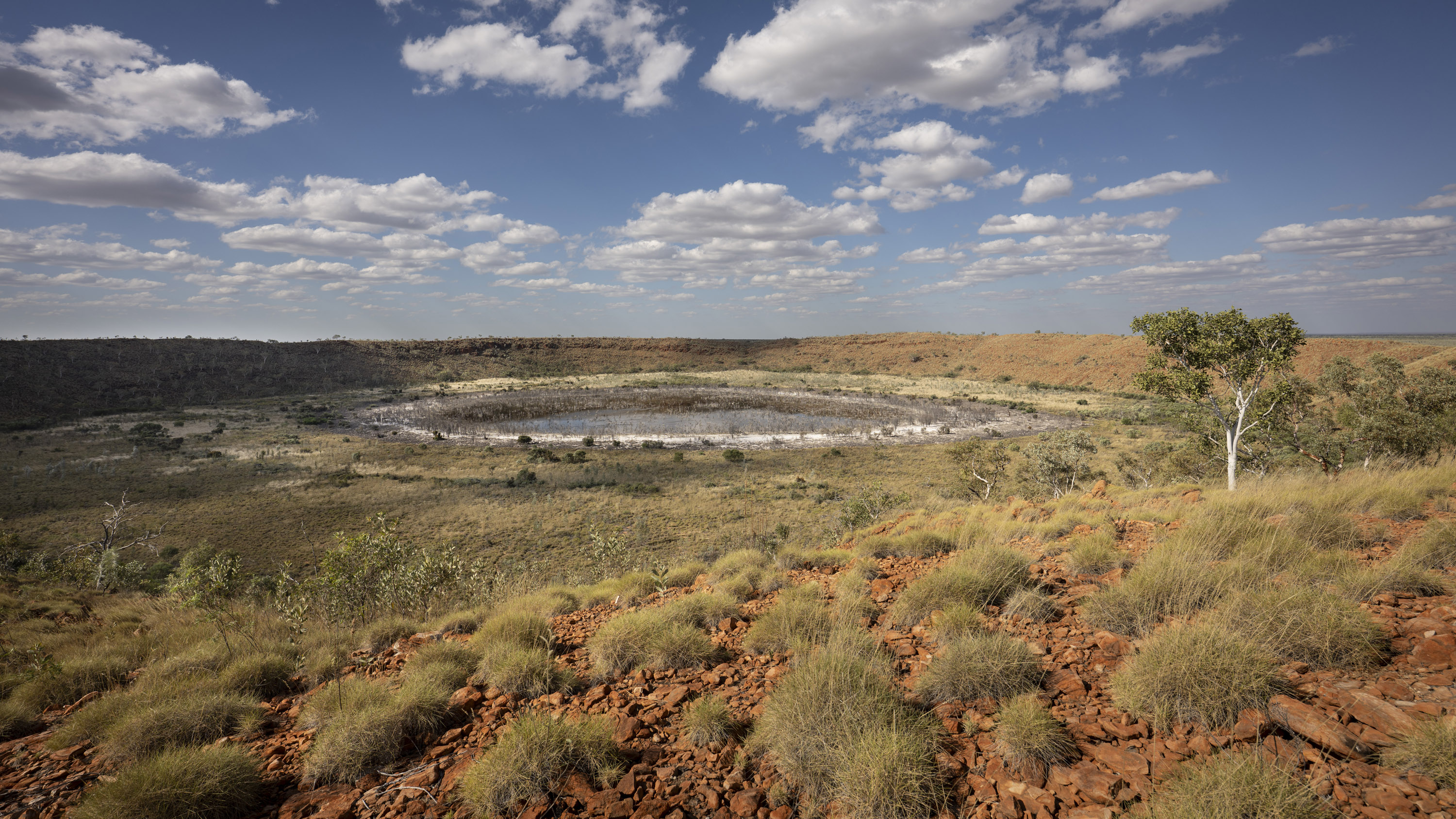
A couple of days later we were at Wolf Creek Meteorite Crater and it was here where I got to consider the difference between my usual wide lens, a Nikon Z14-30mm with a maximum angle of view of 114-degrees at 14mm, and 16mm on the Tamron with a maximum angle of 107-degrees.
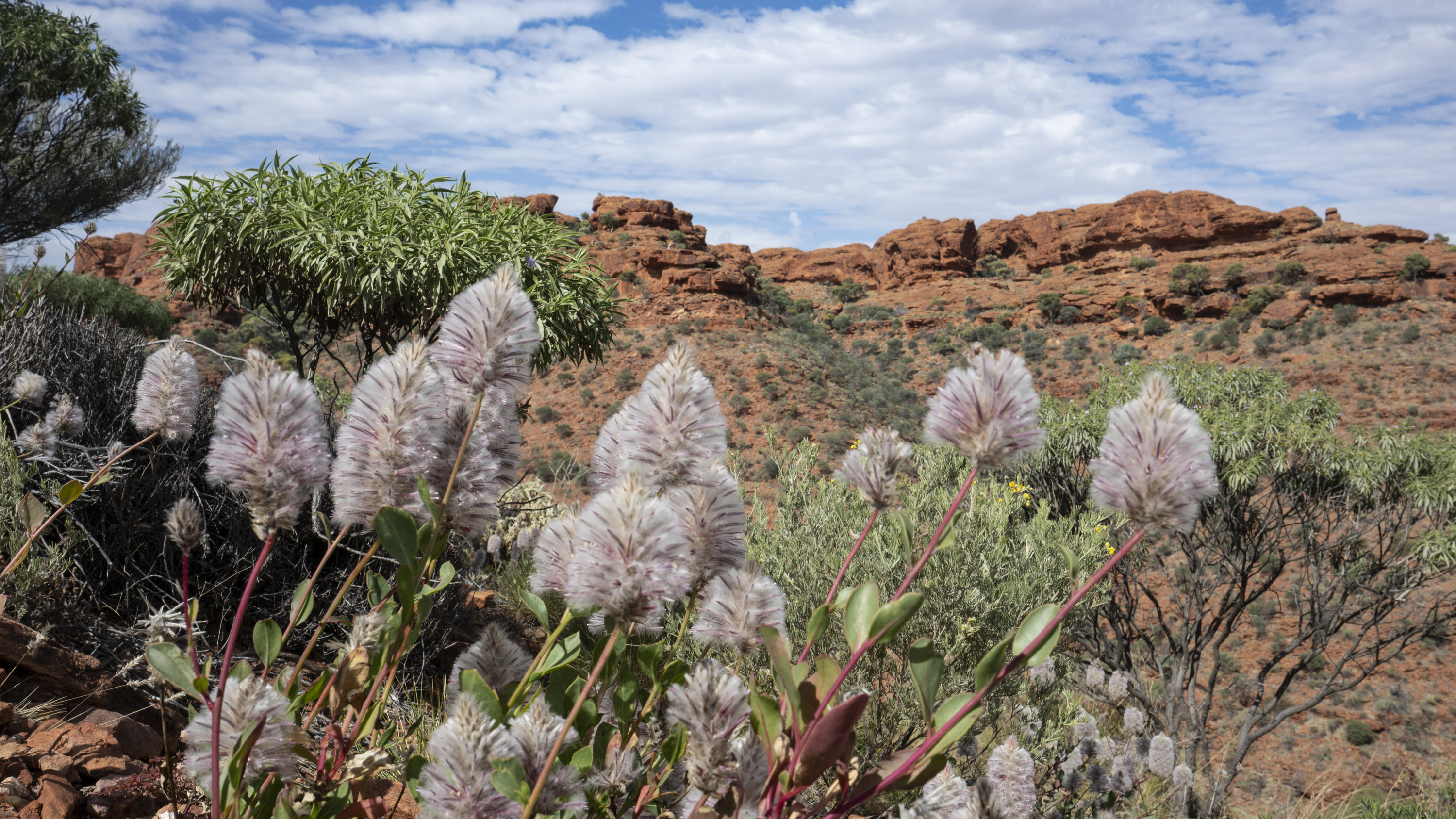
This difference might be a concern to anyone photographing architecture, where extra width can be useful in managing parallax distortion, but that 2-millimetre of difference won’t make too much difference to my landscape images.
If I really width on a shot I would just shoot another image to the side and stitch them together in Photoshop.
Further down the road at the remote community of Balgo on the Tanami Track I put the lens to using in my favourite genre - people photography.

Artist Jane Gimme gave me permission to make a few photos as she quietly worked on one of her beautiful dot paintings. While we usually want the eyes to be central in any portrait, I opted to let the artist’s hand and her art do most of the talking in the image.
The lens’s minimum focus distance is just 19-centimetres and while it isn’t really suited for macro work, it is still versatile to create some interesting doco photographs.
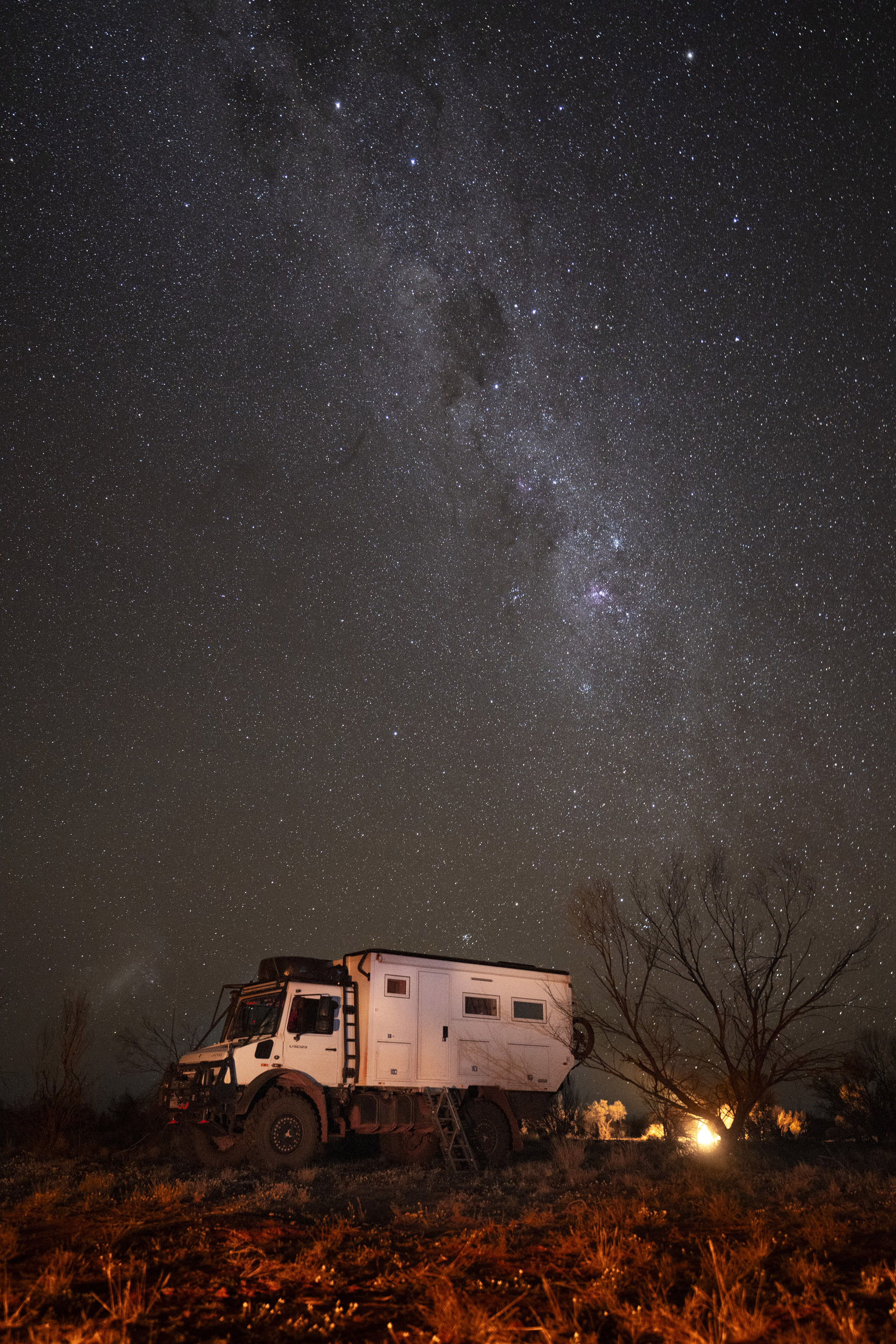
At a camp stop further down the road I also managed to test the lens on the night sky. An interesting couple had parked their Unimog camper not far from us, and using the light from a couple of campfires I decided to capture the vehicle against the night sky.
The image was shot wide open at f2.8 with an exposure or 25 seconds at ISO 3200, and the results were stellar, with stars being suitably sharp across the entire field of the image.
Ideally I would suggest using a fast prime lens if you are getting serious about astrophotography but if this was the only lens you had on your travels it would more than adequate for capturing the night sky.
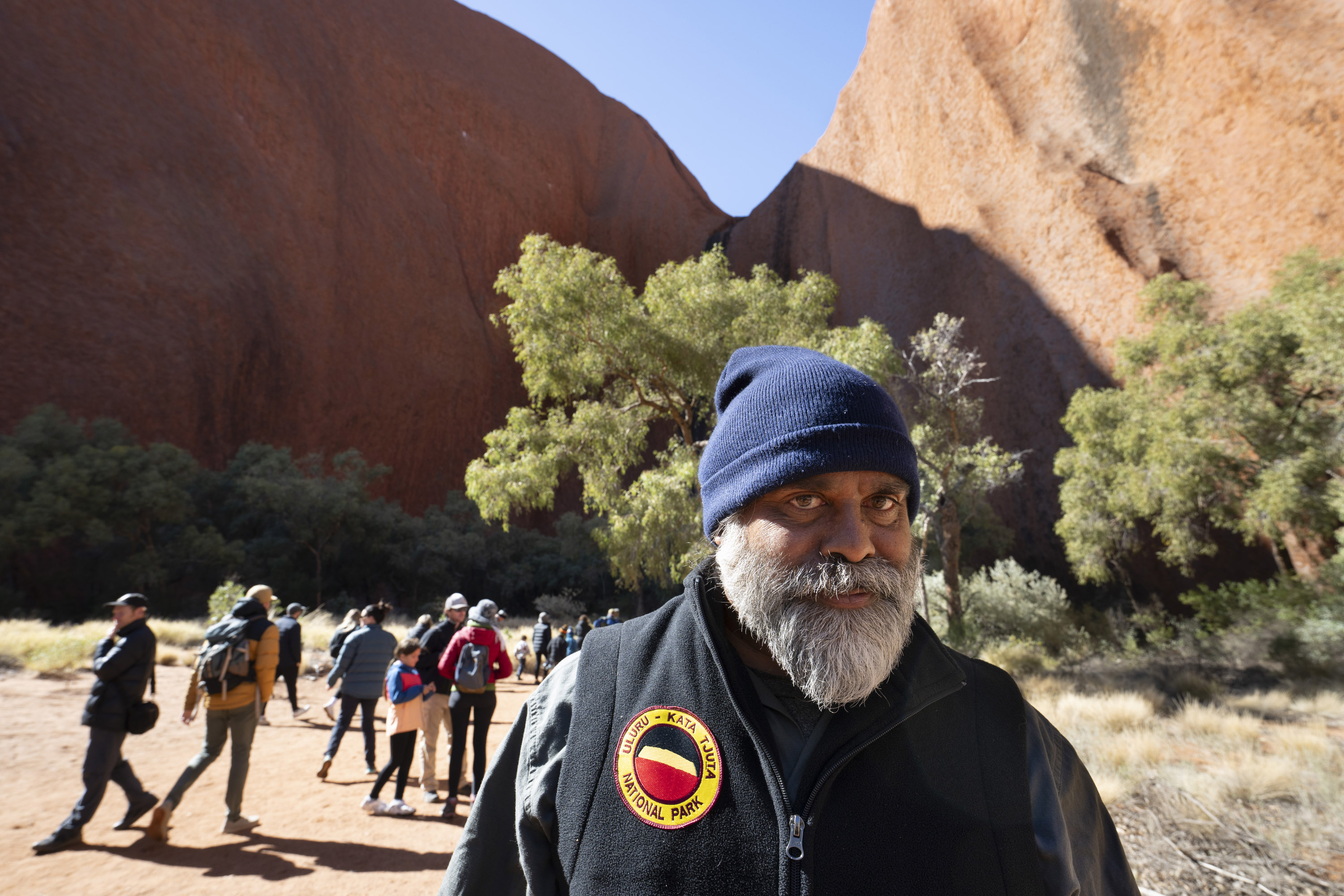
The wrap-up
Back home in Melbourne I compared the Tamron 16-30mm f2.8 to my usual Nikon Z 14-30mm f4. At both the 16mm and 30mm focal lengths, the Tamron lens appeared slightly sharper at the f2.8 setting than the Nikon did wide open at f4, and the sharpness was better for the Tamron at the outer edges too.
Sadly I did not have Nikon’s 14-24mm f2.8 lens on hand to test the Tamron against, although my hunch is that lens might out perform the Tamron.
That being said though, in reviewing my images from the Tanami journey, the photos from the Tamron 16-30mm were more than sharp enough for, and optically the lens s showed no major problems with flare or distortion.
Overall the Tamron 16-30mm proved to be a excellent travel lens, that was not only compact and rugged but it was also sharp and reliable in most photographic situations.
Ideally I wish the lens reached out to 35mm setting at the long end, but then again, the 16-30mm focal length is better than what was on offer with the Nikon’s 17-28. In all, if you were looking for a fast ultra-wide zoom for your next travels, this could be the way to go.
The results
Handling ★ ★ ★ ★ ★
The lightweight, compact design makes this lens easy to travel with and just as easy to use. The fixed body structure means the balance of lens remains constant while there is little chance of dust and moisture being ingested into the lens. The focusing is fast and reliable.
Features ★ ★ ★ ★
The overall design is very straightforward and simple. The L-Fn button on the side of lens is a useful feature, while the lack of a AF/M switch might upset a few photographers, although some of us won’t be bothered.
Image Quality ★ ★ ★ ★
The image quality on this lens is surprisingly good given its price compact size and affordable point. The lens delivers reliably sharp image at f2.8 and there is minimum distortion and flare. Unless you are a pixel peeper you will be delighted with this lens.
Value for money ★ ★ ★ ★ ★
This is one of the most affordable f2.8 ultra-wide zooms currently available for the Nikon Z system, and so it is no surprise that it is deserving of five stars.
Final Word ★ ★ ★ ★
Tamron has been working hard in recent years to improve both the optics and build quality of their lenses, and that shines through with this lens. This lens will be perfect for both the keen amateurs and professional photographers looking for a fast ultra-wide zoom without blowing the budget.
More images
